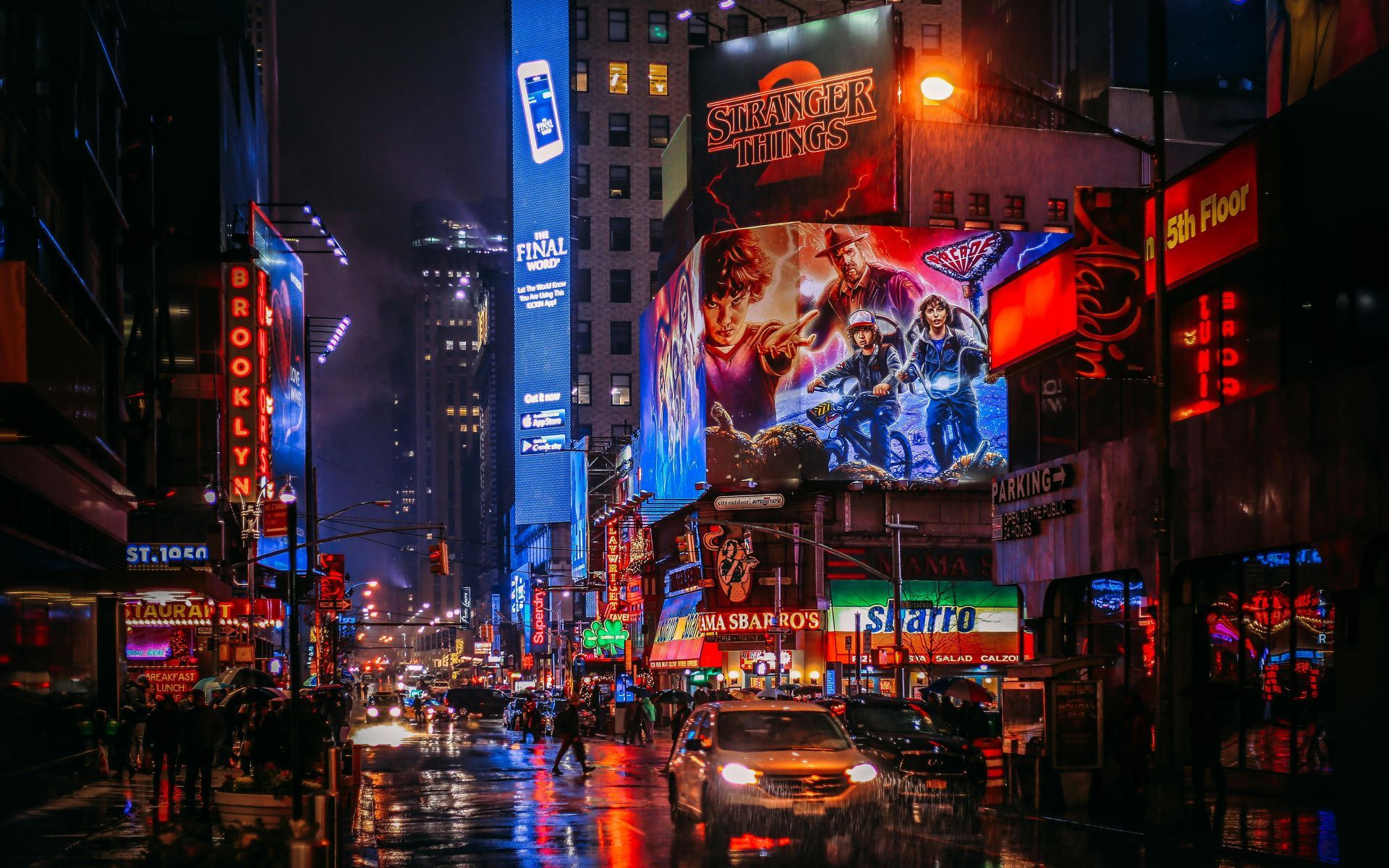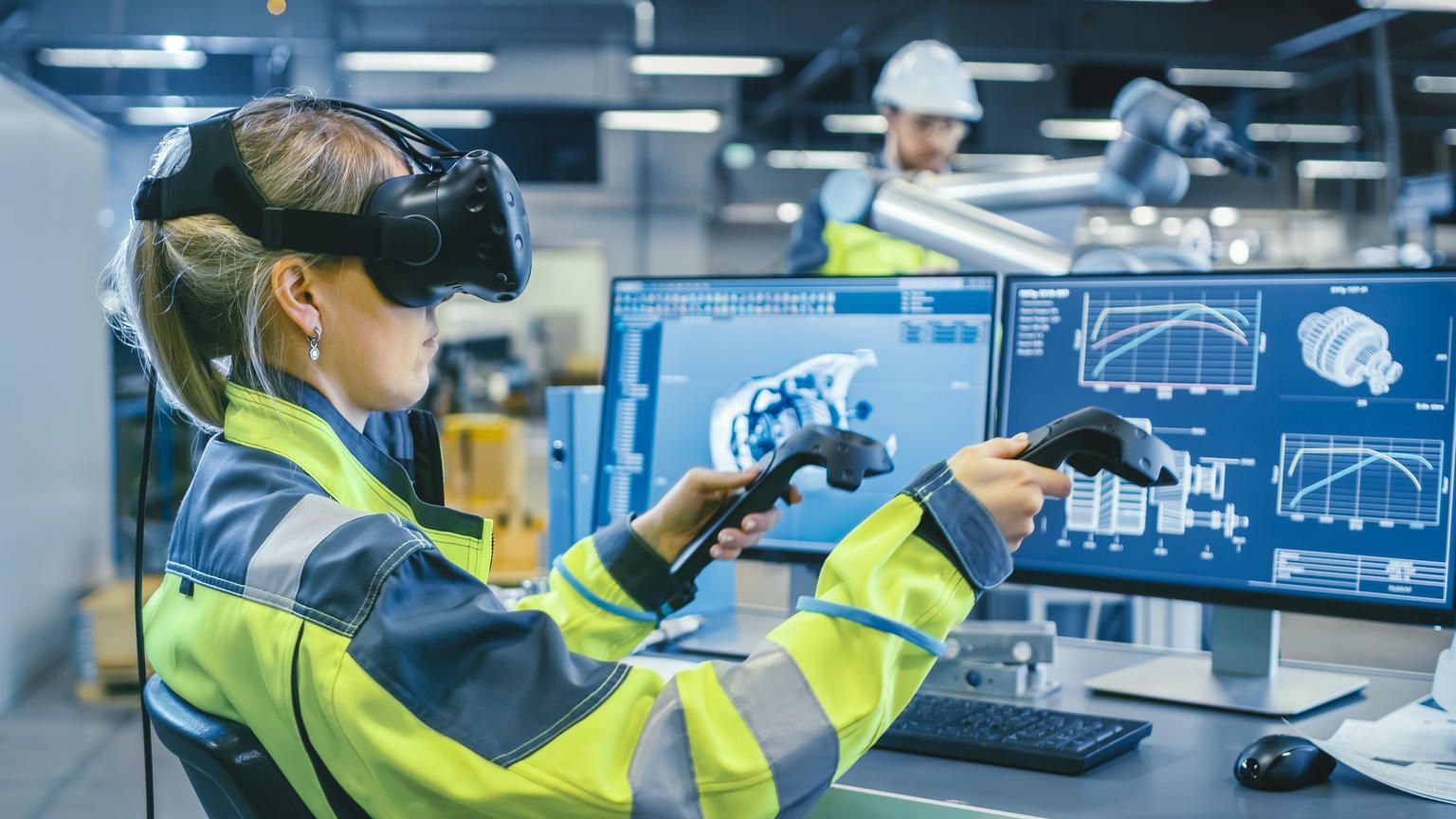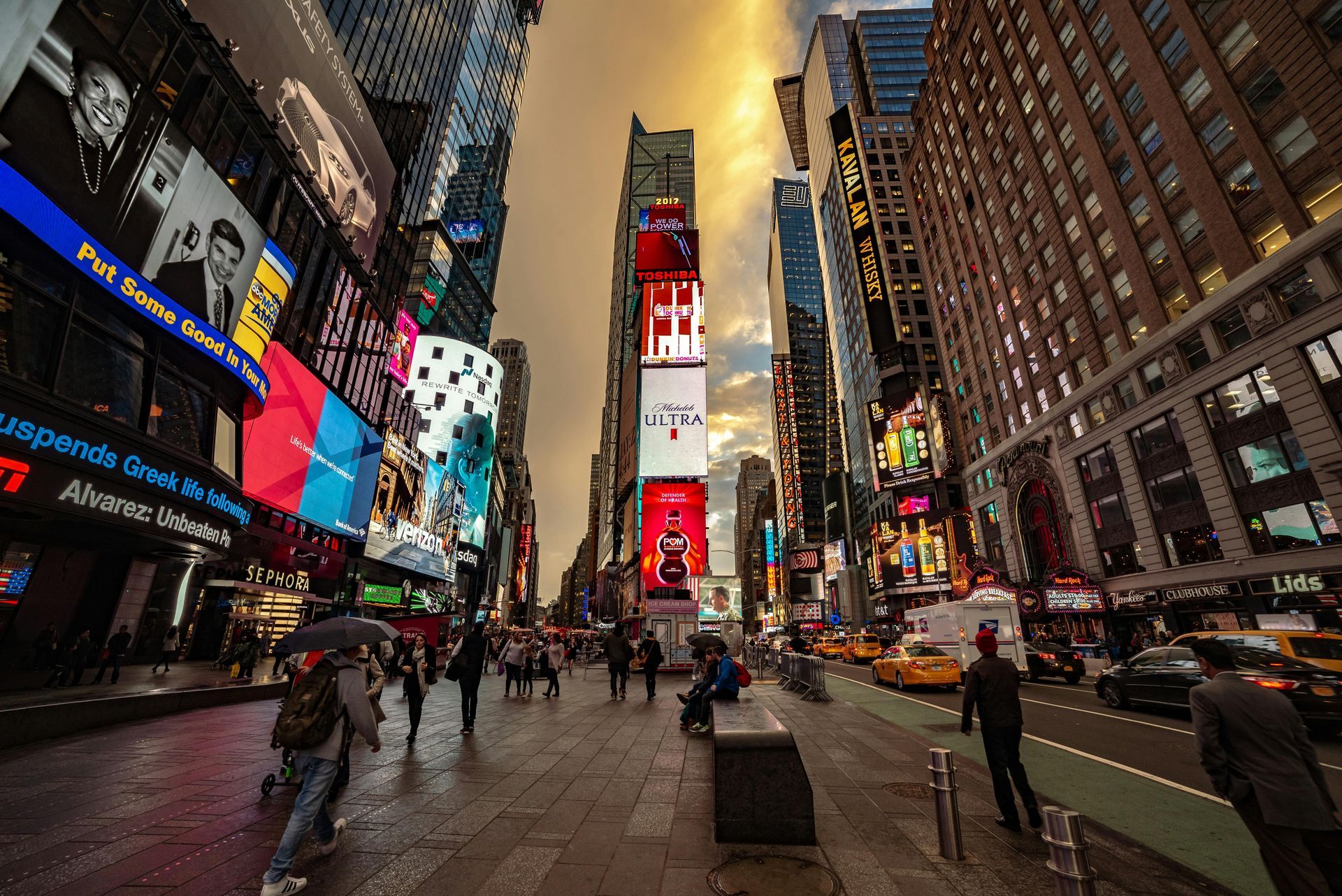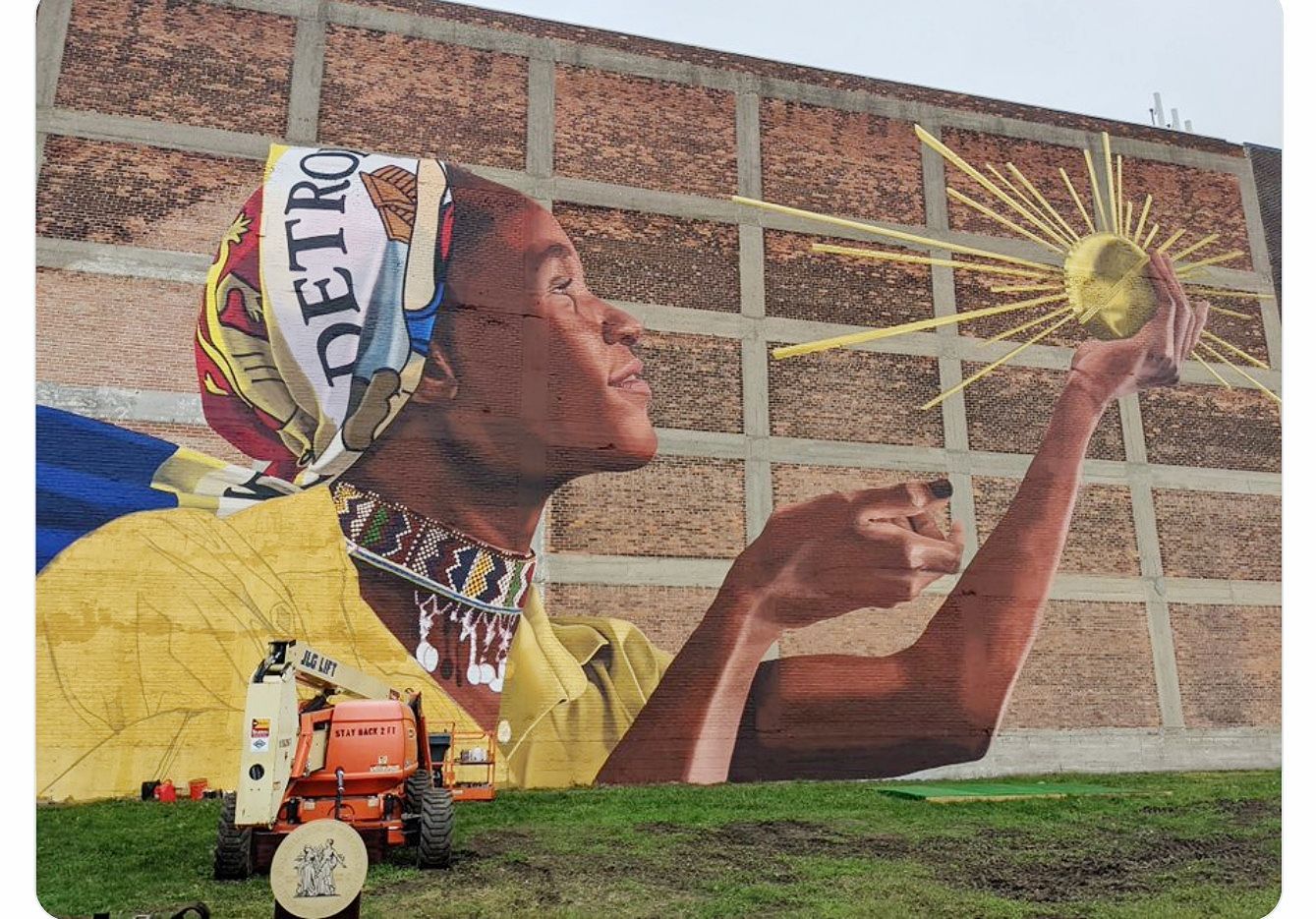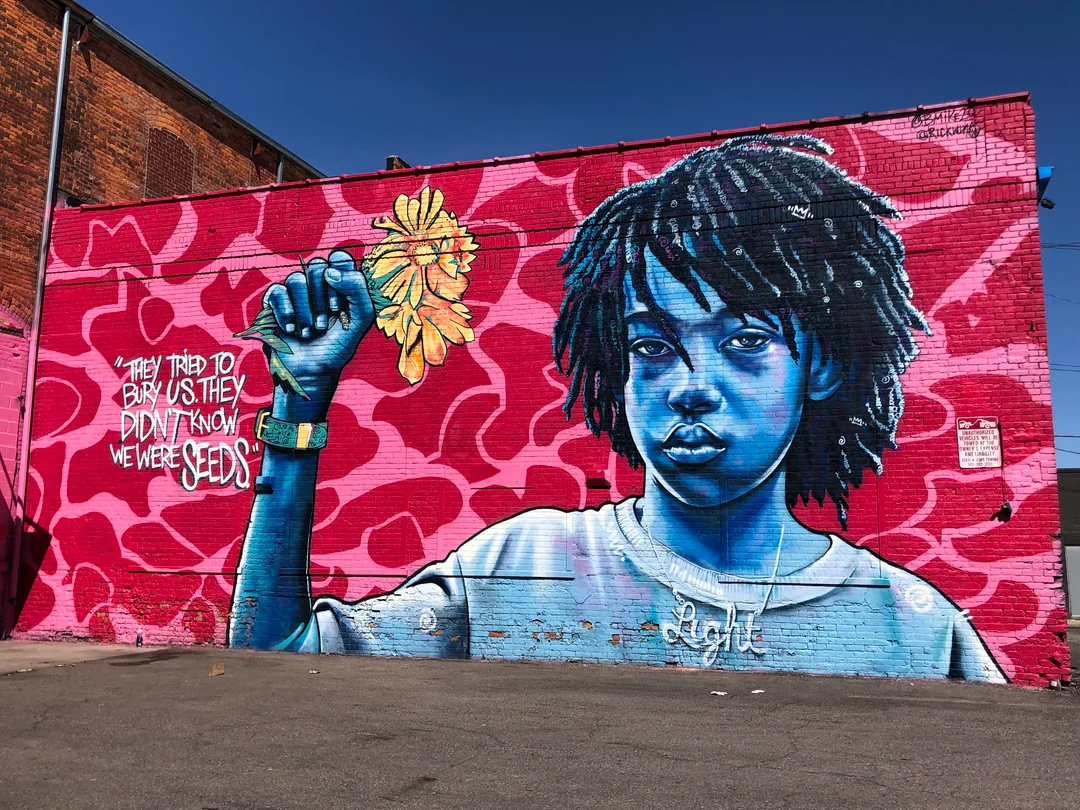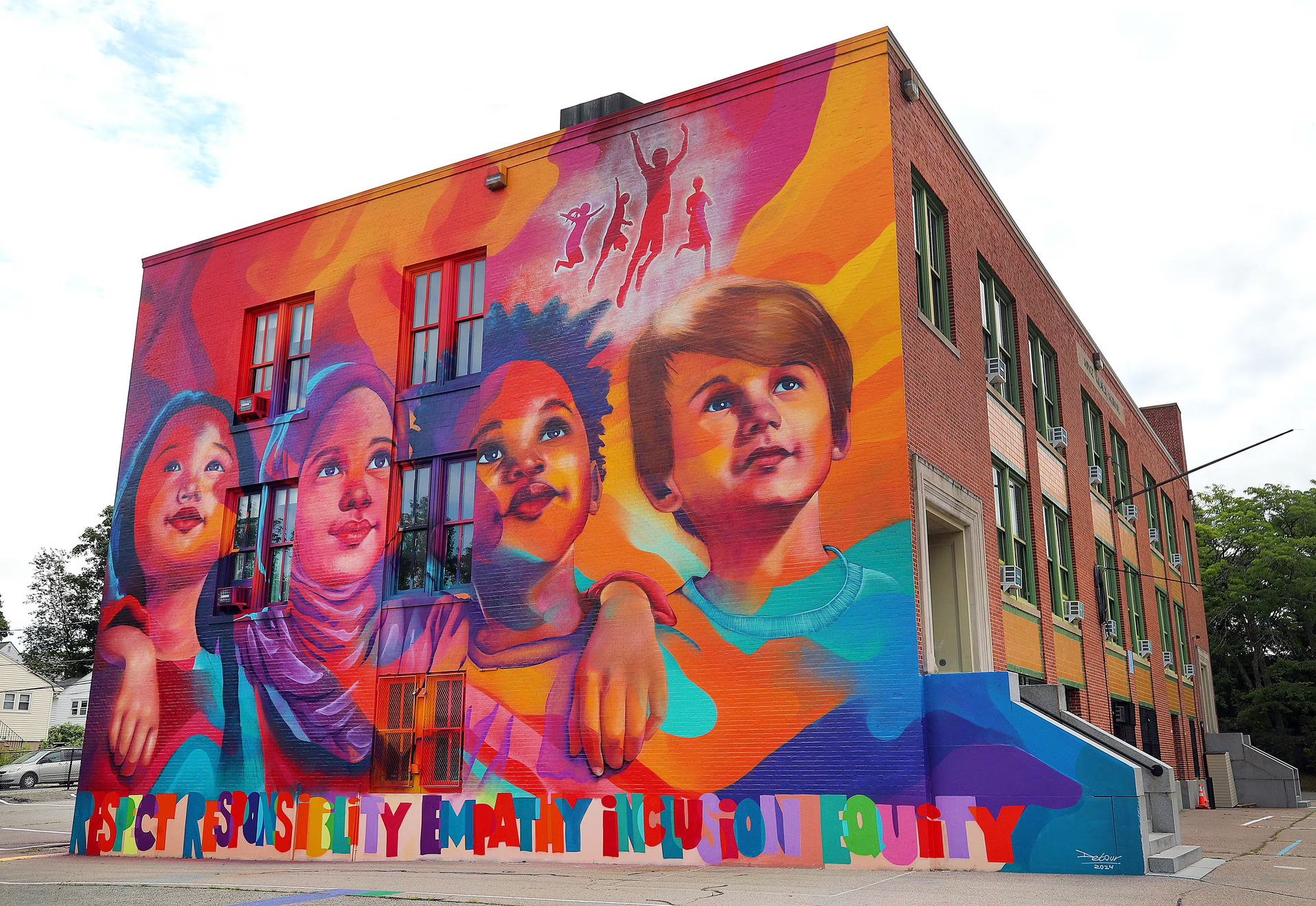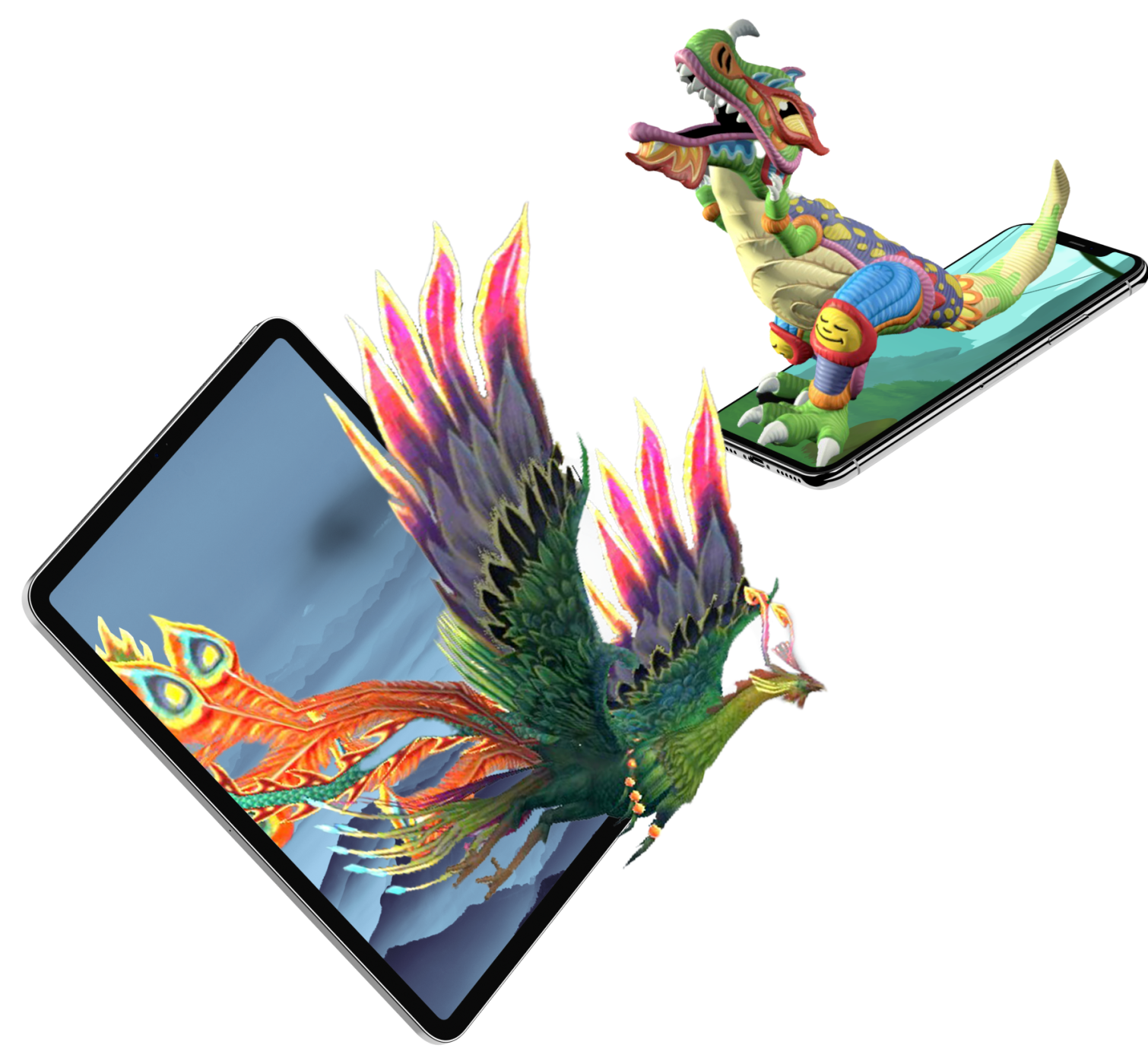AI Texture Generator
Introduction to AI Texture Generators
In the rapidly evolving world of digital art and design, AI texture generators have emerged as groundbreaking tools. These advanced systems leverage artificial intelligence to create intricate and unique textures, revolutionizing the way designers and artists work. This article delves into the world of AI texture generation, exploring its functionality, benefits, and impact on the creative industry.
Definition and relevance
Brief overview of AI in art and design
The Evolution of Texture Generation
Traditionally, texture generation in digital design was a labor-intensive process, often requiring extensive manual effort. With the advent of AI-driven methods, this paradigm has shifted dramatically. The historical journey from manual texture creation to AI-assisted methods highlights a significant leap in efficiency and creativity within the field.
Traditional methods vs. AI-driven methods
Historical context
Understanding AI Texture Generators
At the core of AI texture generators is sophisticated machine learning algorithms. These systems analyze vast datasets of images to learn and replicate various texture styles. From neural networks to deep learning models, the technology behind these tools is as fascinating as it is complex.
How AI texture generators work
Types of AI models used
Benefits of Using AI for Texture Generation
The adoption of AI in texture generation brings a multitude of benefits. For one, AI-driven methods are incredibly efficient, significantly reducing the time it takes to create high-quality textures. The variety and uniqueness of textures produced by AI are virtually limitless, allowing for more creative freedom and innovation. Moreover, AI systems offer remarkable customization capabilities, enabling designers to tailor textures to their specific needs with unprecedented precision.
Efficiency and speed
Diversity and uniqueness of textures
Customization capabilities
Popular AI Texture Generator Tools
Several AI texture generator tools have gained popularity in the market. Each tool comes with its unique features and strengths, making them suitable for different aspects of texture generation. A comparative analysis of these tools reveals a diverse range of functionalities, from basic texture creation to advanced pattern generation, catering to both novice users and professional designers.
Description of leading tools in the market
Comparative analysis
Integration with Design Software
A key aspect of AI texture generators is their ability to integrate seamlessly with existing design software. This integration enhances the workflow for designers, allowing them to incorporate AI-generated textures directly into their projects without disrupting their usual processes. Such compatibility not only streamlines the design process but also opens up new avenues for creative exploration.
Compatibility with existing software
Enhancing workflow for designers
Case Studies: AI Texture Generators in Action
Real-world examples of AI texture generators in action provide concrete evidence of their impact. In various industries, from video game development to fashion design, these tools have enhanced the quality and creativity of designs. Through these case studies, one can see the practical applications and tangible benefits of AI in texture generation.
Real-world examples
Impact on design quality and creativity
Challenges and Limitations
Despite the numerous advantages, AI texture generators are not without their challenges and limitations. Technical limitations, such as the need for large datasets and computing power, can be barriers. Additionally, ethical considerations, including the originality of AI-generated designs and potential job displacement, must be addressed to ensure responsible use of these technologies.
Technical limitations
Ethical considerations
Future of AI in Texture Generation and Design
The future of AI in texture generation and design is incredibly promising. Predictions and trends suggest that these tools will become more sophisticated, with advancements in AI technology enabling even more detailed and realistic textures. The potential for AI to further transform the design landscape is immense, and we can expect to see continued innovation in this field.
Predictions and trends
Potential advancements
How to Choose the Right AI Texture Generator
Choosing the right AI texture generator depends on various factors, including the specific needs of the project, compatibility with other software, and the level of customization required. It's essential to consider these aspects to select a tool that aligns with your creative vision and enhances your design capabilities.
Factors to consider
Recommendations
User Guides and Tutorials
For those new to AI texture generation, various user guides and tutorials are available to help get started. These resources range from basic steps for beginners to advanced techniques for more experienced users, ensuring that anyone can harness the power of AI for texture creation.
Basic steps to get started
Advanced techniques
Community and Support
The community surrounding AI texture generation is a valuable resource. Online forums and resources provide platforms for sharing knowledge, while access to expert help can be crucial for troubleshooting and learning advanced techniques.
Online forums and resources
Access to expert help
Cost Analysis
Understanding the pricing models of popular AI texture generator tools is vital for budget planning. A cost-benefit analysis can help determine the most cost-effective solution for your needs, ensuring you get the best value for your investment.
Pricing models of popular tools
Cost-benefit analysis
Legal and Copyright Considerations
Navigating legal and copyright issues is crucial when using textures generated by AI. Understanding rights and usage is essential to avoid legal complications and ensure that your designs remain compliant and original.
Understanding rights and usage
Avoiding legal issues
Conclusion and Summary
AI texture generators represent a significant advancement in the realm of digital design. Their ability to create diverse and intricate textures quickly and efficiently opens up new possibilities for creativity and innovation. As technology continues to evolve, we can expect these tools to become even more integral to the design process.
FAQs
- What differentiates AI texture generators from traditional methods?
- How can AI texture generators improve design workflow?
- What are the ethical implications of using AI-generated textures?
- Can AI texture generators cater to specific design styles or themes?
- How accessible are AI texture generators for independent designers or small businesses?
TALK TO A PRO
We're here to bring your brand to life!
Stay Connected with BrandXR
Create Augmented Reality for Free!
Create, Publish, and Measure 3D Augmented Reality Experiences Without Having to Code.
